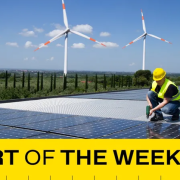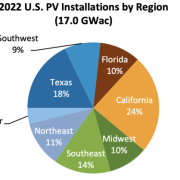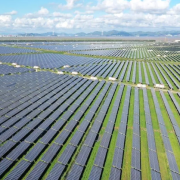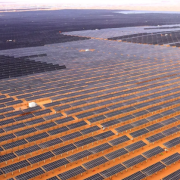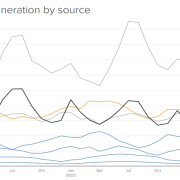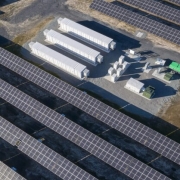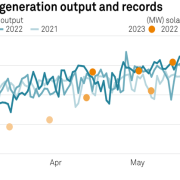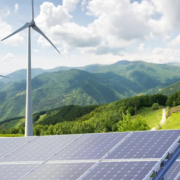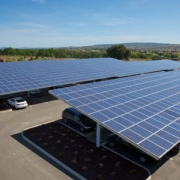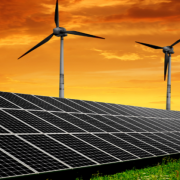Renewable energy is one of the fastest-growing employers in the United States, and the states leading the way in clean energy deployment — California and Texas — are also in first place for wind and solar jobs.
Clean energy technologies, including solar and wind, accounted for nearly 87% of net new electric power generation jobs last year, adding 22,279 jobs in 2022, according to the Department of Energy’s 2023 U.S. Energy and Employment Report. Solar had the largest number of jobs gained, adding 12,256 workers and wind — both onshore and offshore — added 5,416 jobs in 2022.
Click here to read the full article
Source: Canary Media
—
If you have any questions or thoughts about the topic, feel free to contact us here or leave a comment below.

